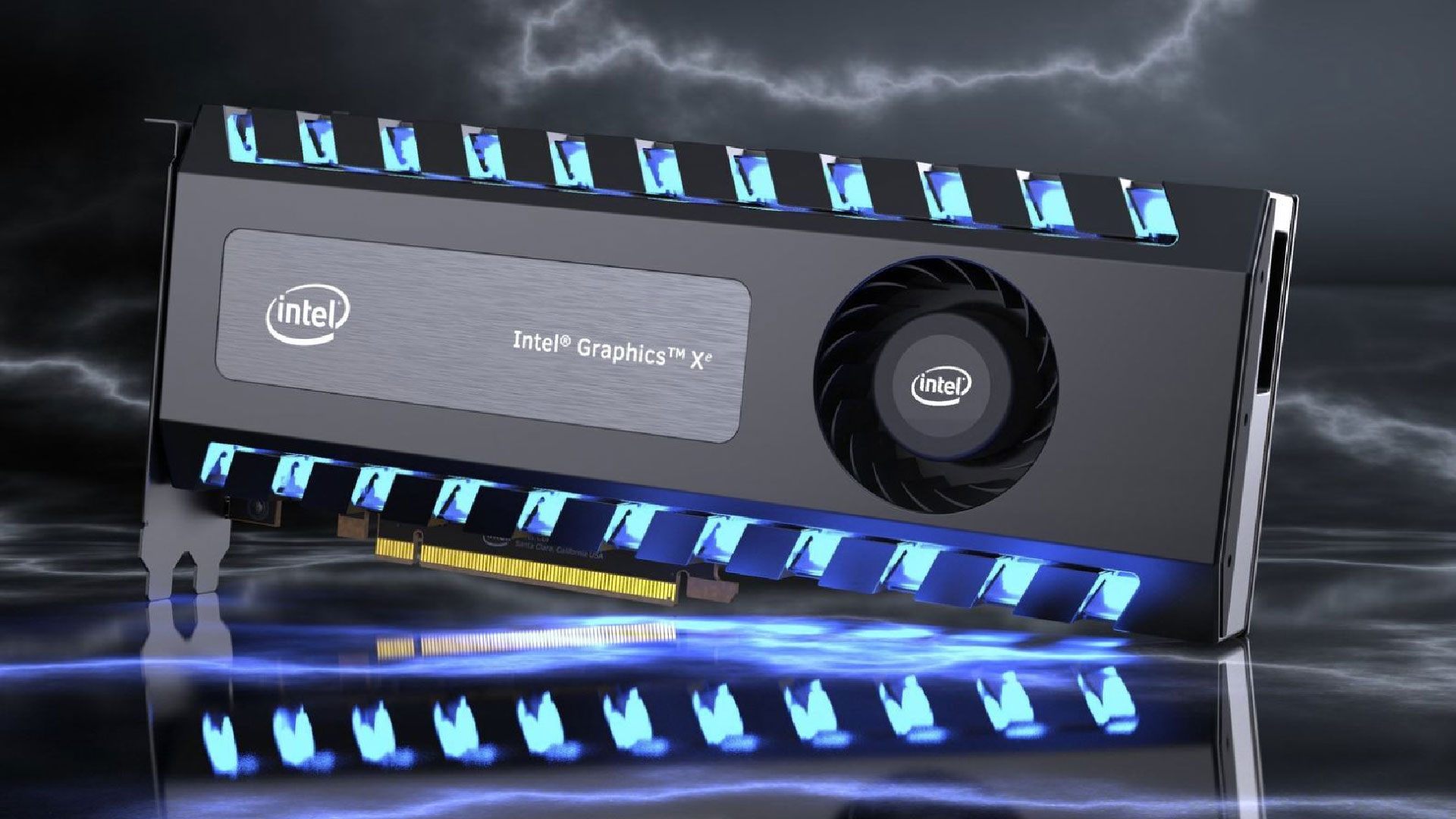
Intel engineers have been spotted working on Xe3 (codenamed Celestial) enablement in Linux’s grand archive of all mail that affects kernel development. The latest update to the drm-xe-next pull request, dated October 10, 2024, was flagged by Phoronix after it showed several references to Xe3. This probably means that driver development for this GPU architecture has begun for Linux, even though discrete Xe2 Battlemage GPUs are yet to hit the market.
The Xe2 graphics just arrived on the market as iGPUs inside the Intel Core 200V (codenamed Lunar Lake) chips, four years after the launch of the first Intel Xe architecture in 2020 and two years after the arrival of the first generation Intel Arc Alchemist discrete GPUs. The next-generation Battlemage GPUs reportedly began shipping in July, with more details surfacing in August. We expect these GPUs to arrive early next year, thus giving Intel a launch schedule of three to four years between graphics architectures.
Xe3 will first debut inside Intel’s Core Ultra 300 (codenamed Panther Lake) processors, which are the successors of Lunar Lake. Phoronix discovered various graphics PCI IDs for Panther Lake, consisting of 0xB080, 0xB081, 0xB082, 0xB090, 0xB091, 0xB092, 0xB0A0, 0xB0A1, and 0xB0A2. Panther Lake is rumored to arrive in 2025; however, it may take a while to see Celestial GPUs since Battlemage GPUs haven’t yet arrived. Realistically, Celestial GPUs may not be ready until 2026.
Although Intel’s GPUs are still a long way from Nvidia’s and, to some extent, AMD’s top offerings, we know that it will take the company several years, maybe even several decades, before it can offer a high-end GPU that will compete against something like the RTX 4090 or even the RX 7900 XTX. Nevertheless, more competition is always welcomed, and we can only hope that Xe3 can deliver on the performance end, allowing us consumers more options for high-end discrete GPUs.







